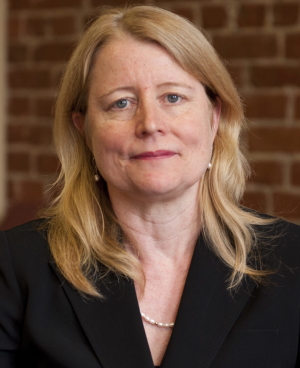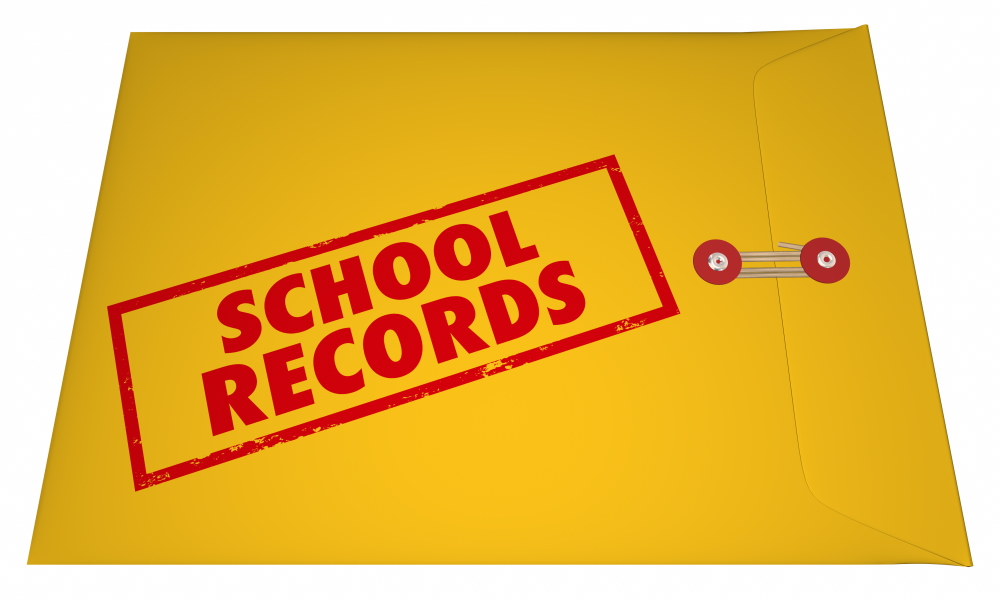The COVID-19 crisis has laid bare the very real and dangerous problems of educational inequity in this country — and it has exacerbated them. Nowhere is this more stark than in the experiences of youth in the juvenile justice system — youth already routinely ignored, disenfranchised and left behind. Youth incarcerated during 2020 will likely have even less education than those incarcerated before the pandemic.
Youth have long faced challenges in receiving an education in the juvenile justice system. A new report, “Credit Overdue: How States Can Mitigate Academic Credit Transfer Problems,” highlights the numerous shortcomings of educational programs within juvenile justice facilities that persisted even before the additional obstacles created by COVID-19.
Youth in juvenile justice detention centers and longer-term placements face educational instability as they are moved from facility to facility within the juvenile justice system. The curriculum of juvenile justice schools is often academically inferior and may not align with state requirements and standards. Even when youth overcome these obstacles to complete coursework, poor recordkeeping practices inside facilities can mean that up-to-date, correct transcripts are not available detailing the youth’s education progress.
Each of these factors culminates in a devastating result — youth leave facilities to return to their community schools and learn they have not received academic credit for the work completed while in juvenile justice placements and must repeat courses, or even an entire school year.
Dropped credits lead to dropping out
New survey data of advocates, educators and administrators working with youth in the juvenile justice system presented in the report shows the prevalence of this academic credit transfer problem. Only 9% of survey respondents said youth always earn credit for coursework completed in detention facilities, which are short-term centers that primarily hold youth waiting for their court dispositions, while 17% reported that youth always earn credit for coursework completed in longer-term placements.

Nadia Mozaffar
Not receiving credit for work completed can be extremely disheartening and lead to a young person falling further behind in their path toward graduation or dropping out of school. The impact of such problematic education policies is particularly challenging for youth who are disproportionately represented in the juvenile justice system, including Black and Latinx youth, youth with disabilities, youth without immigration documentation, youth who are English learners and youth who identify as LGBTQ+.
Youth in juvenile justice facilities are also at risk of abuse and other harms not conducive to education. COVID-19 has added to these dangerous conditions. Per The Sentencing Project, the number of known COVID-19 diagnoses at the nation’s juvenile justice facilities was more than 1,800 for youth and more than 2,500 for staff.
In an effort to slow its spread, facilities have placed hundreds of youth into quarantine that, in practice, is little different from solitary confinement, a harmful practice where youth in juvenile justice facilities are isolated in single cells with little or no meaningful contact with others. Solitary confinement is particularly dangerous for children and youth and often cuts them off from education and other programming. Children in quarantine are often receiving paper packets of work or online learning without teacher support.
Incarcerated youth often miss basic education
Exacerbating this isolation is the lack of education planning for many students who attend school in juvenile justice facilities. Preparation for the upcoming school year has required intense planning, fraught with logistical, emotional, ethical and financial considerations. Yet thousands of the most vulnerable students are not included at all in these plans.

Diane Smith Howard
Students housed in juvenile detention facilities, alternative programs, residential treatment facilities (among others) have the same rights to receive a public education, yet have not been included in state and local plans in many places. That means that there may not be technology, staff support, curriculum or sufficient contagion prevention planning for these youth.
As a result, many youth in justice facilities are not getting access to even a basic education. There are reports of children failing to receive special education services although studies have found that 65% to 70% of youth in the justice system are eligible — a rate more than three times higher than that of the general population. In addition, many therapy sessions and substance abuse programs have been cancelled rather than moving to an online format.
For more information see JJIE Hub Newly Added Resources | States Must Do More to Protect Youth Behind Bars During COVID-19 Pandemic |
Providing quality education to every child is important to ensure strong communities. Policymakers must do better for the 48,000 youth who remain incarcerated in juvenile justice facilities each day. The education planning taking place across the country in response to COVID-19 must consider the unique educational challenges of youth inside juvenile justice facilities.
Creative solutions must be considered to ensure youth can receive robust educational services while youth and staff are protected from the dangers of COVID-19, including special education, counseling, therapies and programming required for release. Students require current, functional devices to use during remote learning and staff require training in how to safely supervise student device use so that they are not cut off unnecessarily from learning.
Additionally, state legislatures must craft longer-term solutions ensuring youth receive quality education within facilities and earn academic credit for the coursework they complete. “Credit Overdue” recommends the infrastructure, staffing and systems that should be in place to achieve this goal.
Ultimately, the best way to ensure youth receive a quality education and are protected from COVID-19 is to invest in community-based alternatives to incarceration and prioritize keeping youth home and attending school in their communities. Until states are able to achieve that for every young person, they must act quickly so young people receive the education and credit they are due.
Nadia Mozaffar is a senior attorney at Juvenile Law Center. Her work focuses on advancing educational rights and opportunities for children in the juvenile justice and child welfare systems.
Diane Smith Howard is the managing attorney for criminal and juvenile justice at the National Disability Rights Network. A litigator with 24 years of experience in juvenile and education law, her work focuses on conditions for children, youth and adults with disabilities in institutional systems.
